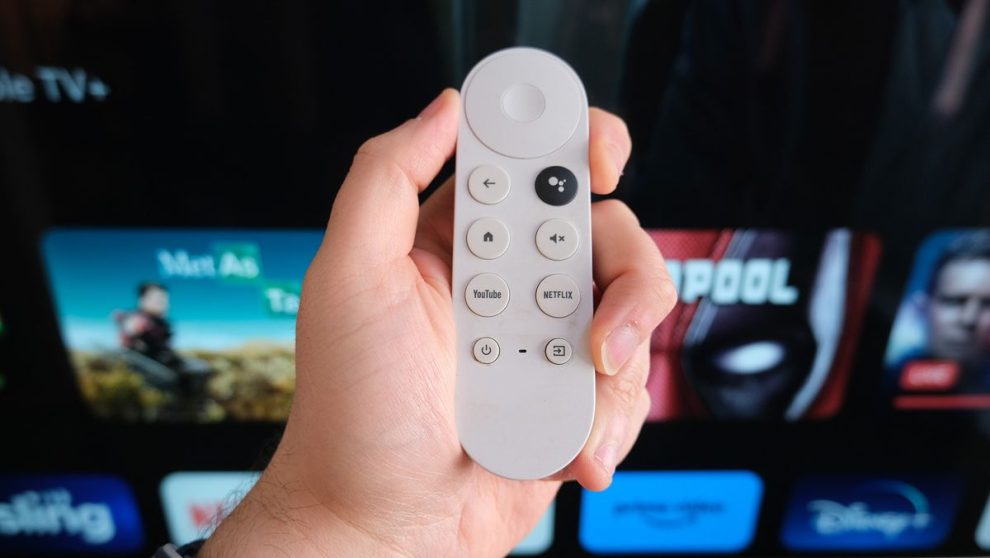Google has unveiled a suite of groundbreaking features for its smart home ecosystem. The tech giant is now offering users the chance to test drive the highly anticipated Google Home panel, while simultaneously rolling out AI-generated art capabilities for Chromecast devices. This dual-pronged approach marks a significant leap forward in Google’s mission to seamlessly integrate AI into our daily lives, transforming the way we interact with our homes and consume visual content.
The New Google Home Panel: Your Smart Home Command Center
Google’s latest innovation, the Google Home panel, is set to revolutionize how users manage their smart home devices. This sleek, wall-mounted touchscreen serves as a central hub for controlling everything from lights and thermostats to security cameras and entertainment systems. But what sets it apart from existing smart displays is its advanced AI capabilities, which promise to make home automation more intuitive and personalized than ever before.
Key Features of the Google Home Panel:
- Adaptive Interface: The panel’s UI dynamically adjusts based on the time of day, user habits, and even the weather, presenting the most relevant controls and information when you need them most.
- Advanced Voice Recognition: Building on Google’s industry-leading voice AI, the panel can distinguish between different household members, offering personalized responses and access to individual accounts and preferences.
- Predictive Automation: Leveraging machine learning algorithms, the panel learns your routines over time, suggesting automations and scenes that can streamline your daily life.
- Enhanced Privacy Controls: Addressing growing concerns about data privacy in smart homes, the panel includes physical switches for microphones and cameras, as well as granular controls for data sharing and storage.
- Seamless Device Integration: The panel acts as a universal remote for all Google Home compatible devices, with an intuitive drag-and-drop interface for creating complex multi-device routines.
- Energy Management: AI-powered insights help users optimize their energy consumption, with real-time tracking and suggestions for reducing waste and lowering utility bills.
- Family Organization: A shared family calendar, to-do lists, and messaging system keep household members connected and coordinated.
- Emergency Assistance: In case of detected anomalies (such as smoke or unusual noises), the panel can automatically alert emergency services and provide crucial information to first responders.
Early testers have praised the Google Home panel for its responsiveness and the depth of its AI-driven features. Sarah Chen, a smart home enthusiast from San Francisco, shared her experience: “It’s like having a super-intelligent assistant always at the ready. The predictive features are uncanny – the panel often knows what I need before I do.”
However, some privacy advocates have expressed concerns about the potential for data collection and misuse. Google has responded by emphasizing its commitment to transparency and user control, pointing to the panel’s robust privacy settings as evidence of this dedication.

AI-Generated Art on Chromecast: Your TV as a Canvas
While the Google Home panel focuses on utility and control, the new AI art feature for Chromecast devices brings a touch of creativity and wonder to your living room. This innovative functionality allows users to transform their TVs and displays into dynamic art galleries, showcasing an ever-changing array of AI-generated masterpieces.
How It Works:
- Style Selection: Users can choose from a variety of artistic styles, ranging from classical paintings to modern abstract art and even futuristic digital creations.
- Content Inspiration: The AI can generate art based on themes, colors, or even text prompts provided by the user, creating truly personalized visual experiences.
- Dynamic Evolution: The artwork isn’t static – it subtly changes over time, creating a living, breathing piece that evolves throughout the day.
- Mood-based Generation: By integrating with other smart home devices, the AI can generate art that complements the room’s lighting, music, or even the weather outside.
- Interactive Elements: Users can influence the direction of the artwork in real-time using voice commands or the Google Home app, adding an element of play and discovery to the experience.
- Educational Component: Each generated piece comes with information about the AI’s inspiration, the techniques it’s emulating, and relevant art history facts, turning your TV into an interactive art lesson.
- Collaborative Creation: A unique feature allows multiple household members to contribute to a single piece, with the AI blending different styles and ideas into a cohesive whole.
The reception to this feature has been overwhelmingly positive, with many users expressing amazement at the quality and diversity of the AI-generated art. John Doe, an art teacher from Chicago, commented: “It’s fascinating to see how the AI interprets different styles and prompts. I’ve been using it as a teaching tool in my classes to discuss the nature of creativity and the potential future of art.”
The Broader Implications: AI’s Growing Role in Our Homes
The introduction of these features represents more than just new products – it’s a clear signal of Google’s vision for the future of smart homes and AI integration. By combining practical home management tools with creative, entertainment-focused applications, Google is positioning AI as an indispensable part of modern living.
Dr. Emily Watson, a professor of Human-Computer Interaction at MIT, offers her perspective: “What we’re seeing here is the next evolution of ambient computing. These AI systems are designed to fade into the background of our lives, enhancing our capabilities and experiences without demanding our constant attention.
This approach could have far-reaching effects on various industries:
- Interior Design: As AI-generated art becomes more sophisticated, it could challenge traditional notions of home decor, offering infinitely customizable visual environments.
- Energy Sector: The predictive capabilities of systems like the Google Home panel could lead to more efficient energy use on a large scale, potentially impacting grid management and renewable energy integration.
- Healthcare: With its ability to learn patterns and detect anomalies, this technology could play a crucial role in home healthcare, especially for elderly or chronically ill individuals.
- Education: The interactive and adaptive nature of these AI systems opens up new possibilities for at-home learning and skill development.
- Entertainment: As AI becomes more adept at generating and curating content, it could reshape how we consume media in our homes.
Challenges and Concerns
Despite the excitement surrounding these innovations, several challenges and concerns have been raised:
- Privacy and Data Security: The extensive data collection required for these AI systems to function effectively raises questions about user privacy and the potential for data breaches.
- Digital Divide: As smart home technology becomes more advanced, there are concerns about widening the gap between those who can afford these systems and those who cannot.
- AI Ethics: The use of AI in generating art brings up complex questions about creativity, authorship, and the value of human-created works.
- Technological Dependence: Some critics worry about the increasing reliance on AI for daily tasks and decision-making, potentially eroding human agency and skills.
- Environmental Impact: The energy consumption of always-on AI systems and the resources required to manufacture these devices have raised environmental concerns.
As Google rolls out these features for testing, it’s clear that we’re only scratching the surface of AI’s potential in the home. Future developments could include:
- More sophisticated natural language processing, allowing for more nuanced and context-aware interactions.
- Integration with augmented reality (AR) systems, blending the physical and digital worlds in our living spaces.
- Advanced predictive maintenance for home systems, potentially preventing issues before they occur.
- AI-driven personal assistants that can handle complex tasks like scheduling appointments or managing finances.
Google’s latest offerings represent a significant step towards a future where AI is an invisible, ever-present force in our homes, enhancing our capabilities and enriching our daily experiences. As these technologies continue to evolve, they promise to reshape our relationship with our living spaces and with technology itself.
The public testing phase for both the Google Home panel and the AI art feature for Chromecast is set to begin next month. Interested users can sign up for the waiting list through the Google Home app or on Google’s official website. As we stand on the brink of this new era of smart home technology, one thing is certain: the way we interact with our homes will never be the same again.
















Add Comment